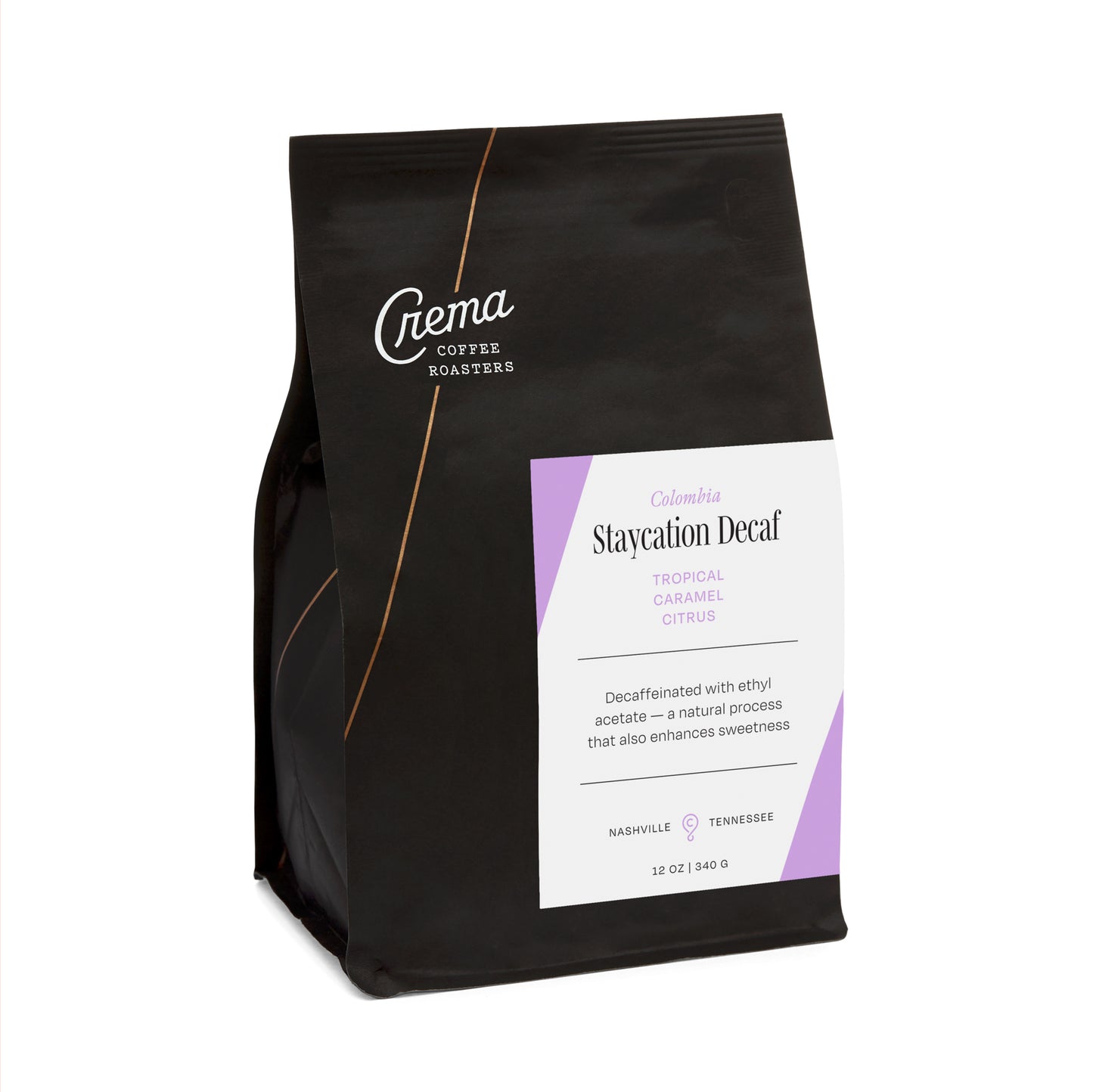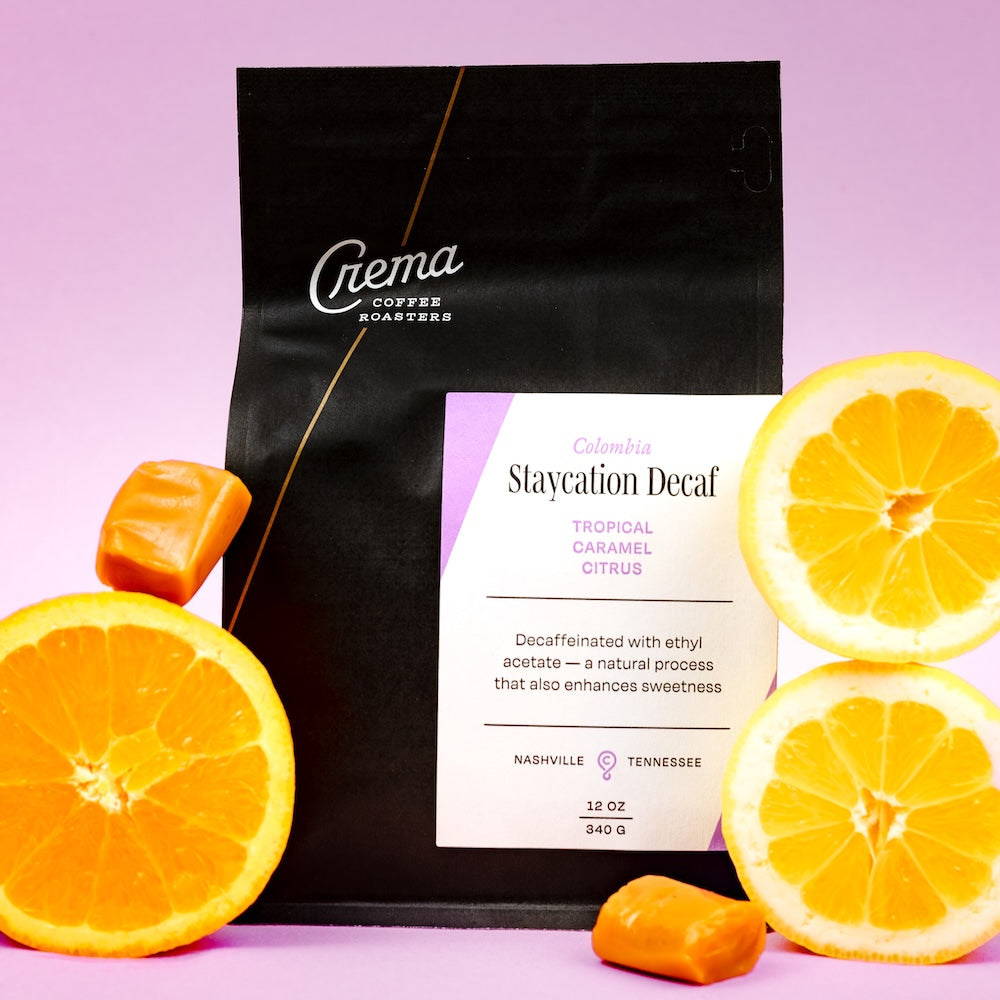Let’s compare apples and oranges--and coffee--for a second. They’re all fruits.
Coffee — that stuff in your cup — comes from a bean that originally grew inside a cherry. Most people know that, of course — today, coffee’s fruity upbringings are highlighted in roasting labs and in the tasting notes on the backs of coffee bags.
And yet, it’s not overly clear how coffee goes from being fruit to being, well, not-fruit. The magic, as we’ve said, happens at the mill.



HOW COFFEE PROCESSING WORKS
The mill is where coffee is processed. And this “process” is how, one way or another, Coffee the Fruit becomes Coffee the Bean. There are many variations of coffee processes, each deriving from three main methods: washed, natural, and semi-washed. Here’s a rundown on those three basic methods of coffee processing.
Washed Process
In the washed process, the fruit of the coffee plant (cherry pulp) is completely removed by using a depulper. The depulper splits the coffee cherry with sharp blades, separating the bean from the cherry. Removing the cherry reveals a thin layer of mucilage on the bean. This sticky mucilage is composed of sugars and alcohols, which contribute to the coffee's sweetness and acidity.
But we have to get rid of the mucilage somehow--because "mucilage" is a gross-sounding word.
Mucilage is removed from beans by using fermentation tanks (the traditional wet process) or mechanical demucilagers (you'd think they'd have a more subtle name than "mechanical demucilagers," but they don't). In the fermentation tanks, the mucilage is de-mucilagized by bacteria and microbes, before being washed off with water. Mechanical demucilagers scrub away the coffee's mucilage with bristles--what's left after the scrubbing is still washed away with water, but this mechanical process uses much less water overall.
After emerging from the fermentation tanks or the demucilagers, the beans are dried. Whether by sun (on patios or screens) or by machine (drum dyers), the beans are fully dried, before being sorted and left to rest in their parchment (inner most layer). Before being shipped, the beans will be hulled at the dry mill, removing the parchment.
The washed process produces coffees known for brightness and cleanliness in the cup.
Here's a short Instagram video we took of a wet mill in action in Costa Rica.




Natural Process
The natural process is the oldest method of processing coffee. In this method, the coffee is picked and immediately dried, cherry and all.
Whereas the washed process removes the cherry and mucilage with machines and water, the natural process relies on hand labor. Cherries are sorted (for quality) and spread on patios or racks to dry in the sun. Mill workers constantly rake and turn the cherries, ensuring even drying.
Because the bean hasn't lost its mucilage yet, a complex fermentation process is taking place inside the cherry. Remember those sugars and alcohols from before? They get to hang out and throw Frisbee with the coffee bean as it dries in the sun. The bean gets to drink in all those spunky fruit flavors from the cherry (natural coffees are intergalactically famous for this). We get to drink in all those spunky fruit flavors in our cups. We all win.
Despite the wild and exotic flavors that come as a result, the natural process is a more volatile process than others, simply because of its reliance on human beings. The coffee cherries are hand-sorted and hand-raked, so defects are more prevalent, and the delightful fermentation process can turn to rot if drying is uneven. Still, waste is lessened, and the resulting tasting profiles can be spectacular.
Like in the washed process, beans are sent to the dry mill for hulling. They are then stored in their parchment to preserve freshness, and then shipped out into the world.

Semi-Washed Process
The semi-washed process (also known as pulped-natural or honey processed) is basically a hybrid of the other two we've seen. It begins just like the good ol' washed process--with the removal of the coffee cherry. Coffee cherries are ousted by using a depulper or the more-expensive (and harder to say) mechanical de-mucilager (which can be customized to remove only the cherry and very little mucilage, which will come into play here in a second).
Here's where things change.
After the cherry's departure, the beans go directly to the sun bathing station, where, in lieu of tanning oil, they are slathered instead with their own mucilage. In the washed process, the beans would be dunked in the fermentation tank and washed at this point. Not so here. The beans have their SPF-Mucilage, and they are apparently content to just lie there in the sun.
The drying process is delicate, though, requiring constant attention to ensure evenness and avoid too much fermentation and rot. During this stage, akin to the natural process, the mucilage is drying into the bean, and creating the desired flavor profile. This process reduces acidity and increases body, while also infusing the coffee with an undeniable sweetness.
So go ahead: compare apples to oranges. Just don't leave out coffee.


Coffee processing innovation is constant. On our recent trips to Costa Rica and El Salvador, we had many discussions about how farmers and exporters are enhancing the process. One of the most intriguing ideas is to control humidity in shipping containers, where young coffee spends much time in transit, often picking up unintended flavors and losing inherent and desirable tasting qualities. There are a host of other great and exciting things happening on the coffee processing front. If you're interested, chat us up in the shop.








